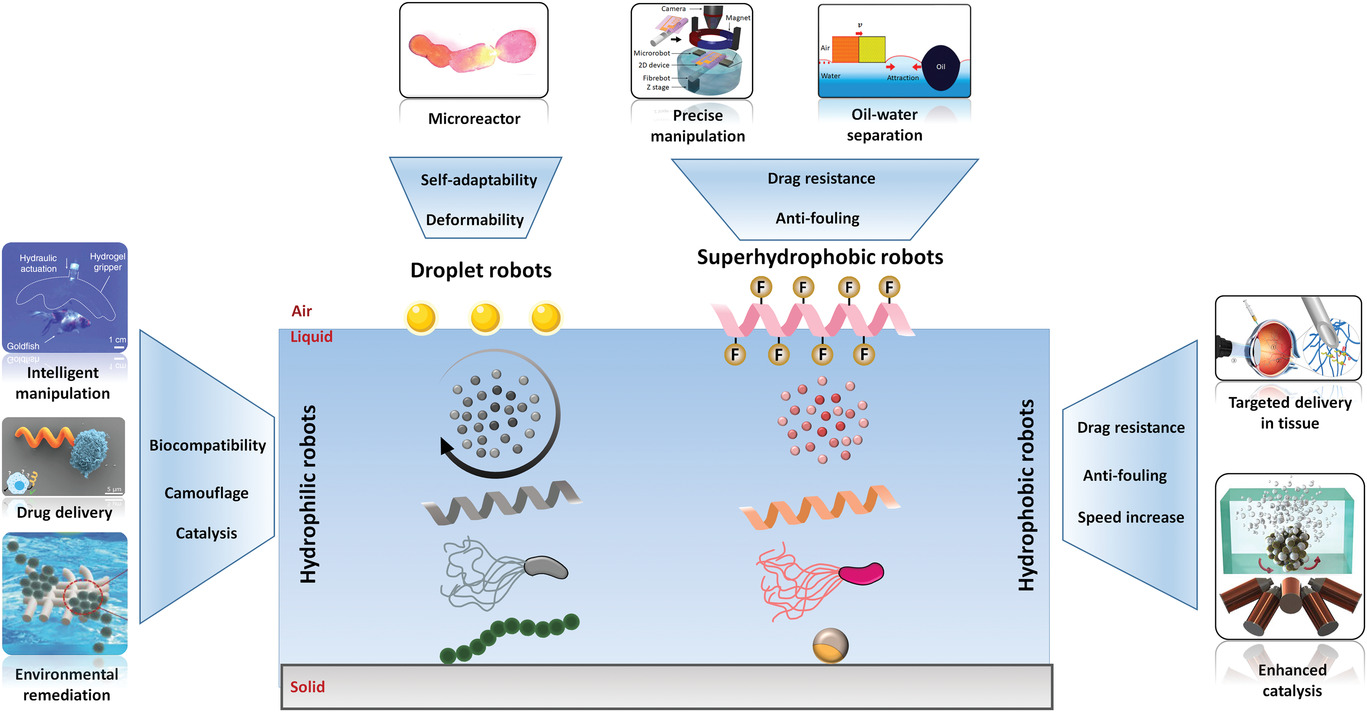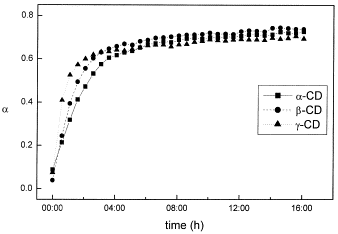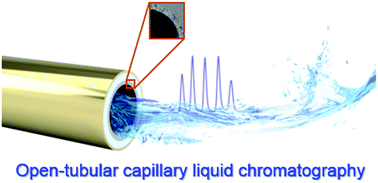paper archives
Stay hungry, stay foolish. You are as good as your last paper.
Recyclable nanographene-based micromachines for the on-the-fly capture of nitroaromatic explosives
- Bahareh Khezri, Seyyed Mohsen Beladi Mousavi, Zdeněk Sofer, Martin Pumera*

It has been more than a decade since nano/micromachines (NMMs) have received the particular attention of scientists in different research fields. They are able to convert chemical energy into mechanical motion in their surrounding environment. Herein, a powerful, efficient and fast strategy of using nanosized reduced graphene oxide flake (n-rGO)-based self-propelled tubular micromachines for the removal of nitroaromatic compounds (NACs) is described. This method relies on the integration of the rGO as a well-known adsorbent of aromatic compounds with chemically powered engines for the removal of explosive compounds such as 2,4,6-trinitrotoluene (TNT), 2,4,6-trinitrophenol (TNP) and 2,4-dinitrotoluene (DNT). Nanographene oxide reduced electrochemically inside the pores of the polycarbonate membrane to form an outer layer (n-rGO, adsorbent layer) of the micromachines. Subsequent electrodeposition of nickel (Ni, magnetic layer) and platinum (Pt, catalytic layer) resulted in the formation of n-rGO/Ni/Pt micromachines. Notably, the bubble-propelled micromachines were able to remove nitroaromatic compounds with high efficiency (approximate to 90-92%) compared to the efficiency of magnetic-guided (22-42%) and static (2.5-7%) micromachines. Most importantly, the micromachines were regenerated and reused several times. The regeneration is based on an electrochemical method in which electron injection into the machine causes the expulsion of contaminants from the outer layer of the micromachines within a few seconds. The integration of the powerful self-propulsion, high adsorbent capacity of rGO and the introduced ultrafast regeneration procedure are beneficial for the realization of an active platform for water remediation.










